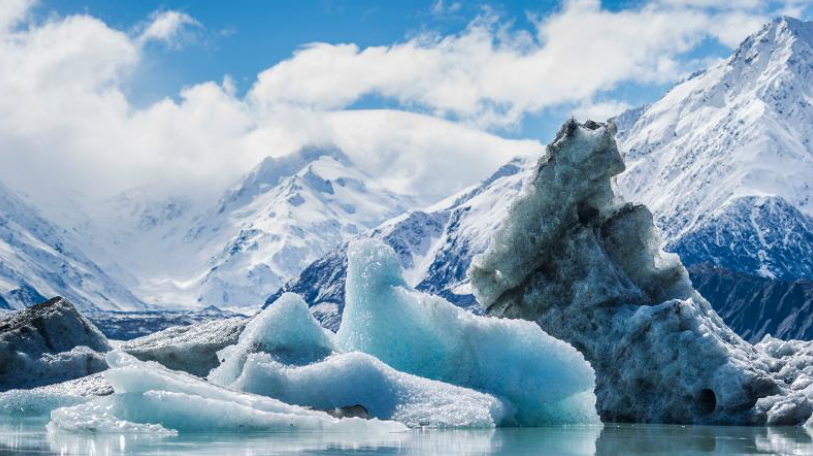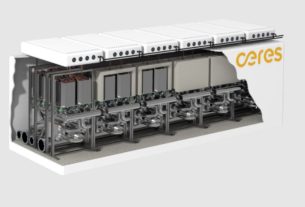Australia – Queensland University of Technology (QUT) scientists have developed a process to capture carbon dioxide from the air into water and store it as non-toxic calcium carbonate (chalk), all potentially powered by solar or wind.
“This can be done using a simple calcium source in water. To further improve efficiency, we added a low-toxicity, biodegradable chemical called MEA to increase the amount of CO2 drawn out of the atmosphere and into the water,” said Anthony O’Mullane, Professor at School of Chemistry & Physics.
The hydrogen evolution reaction during electrolysis ensured that the electrode was renewed to keep the electrochemical reaction going while also generating green hydrogen. If renewable energy powers the electrolysis process green hydrogen can be produced alongside the calcium carbonate (CaCO3).
Use in the cement industry
Professor O’Mullane said the use of renewable energy to capture CO2 and create calcium carbonate may be of use in the cement industry, which has a significant CO2 footprint.
“We envision this technology would benefit emission-intensive industries such as the cement industry whose CO2 footprint is 7 to 10 per cent of anthropogenic CO2 emissions due to the initial clinking (heating) step that converts CaCO3 into CaO (lime) with the emission of large amounts of CO2.”
Process could provide cement industry with “green” key ingredient to reduce its CO2 footprint.
Mineralization approach
Given that urbanization is expected to grow over the next 50–100 years, the demand for cement and concrete will continue to increase and with it the need to significantly reduce the industry’s CO2 footprint if the world is to meet its emission reduction targets.
“This mineralization approach could be used to produce other commercially important metal carbonates such as strontium carbonate (SrCO3) and manganese carbonate (MnCO3), both of which have many industrial uses,” Professor O’Mullane concluded.




